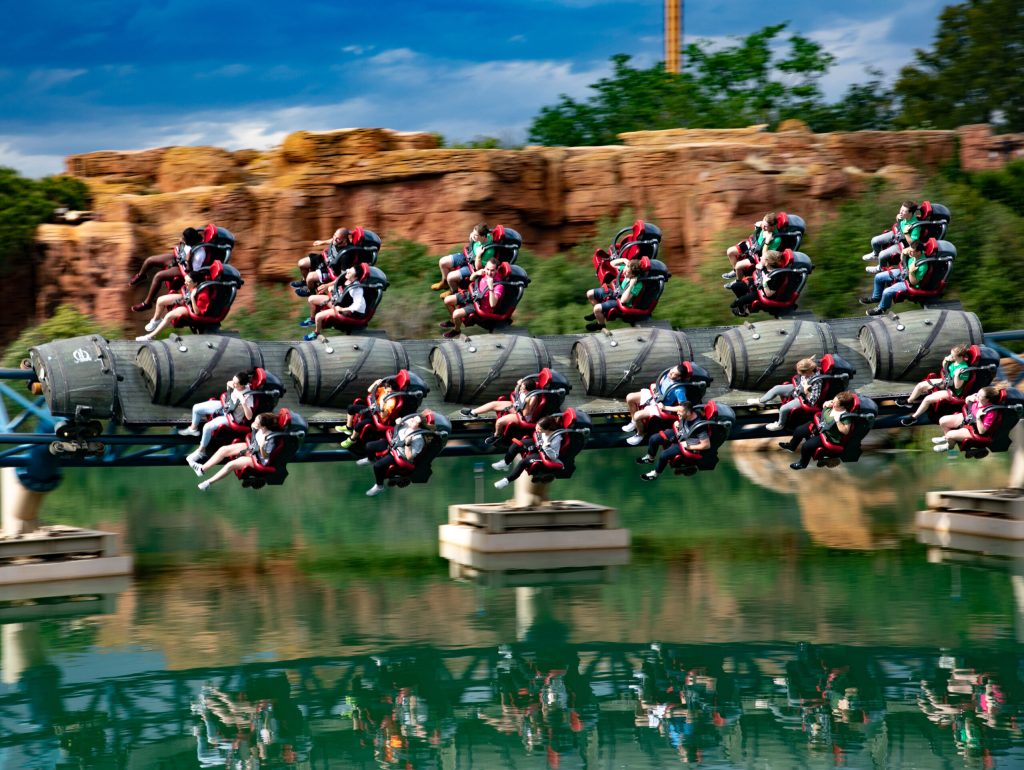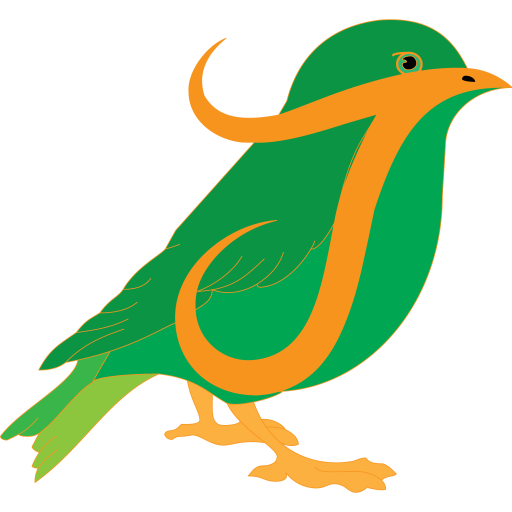Vision
The world today is overstimulating, fast paced, and increasingly overwhelming. Many people, espThe world today is overstimulating, fast-paced, and increasingly overwhelming. Especially for those navigating invisible challenges like chronic illness, sensory overload, or burnout, it can feel nearly impossible to find rest. I’ve lived this personally: when I tried to do too much, taking too many courses, juggling too many responsibilities, I ended up burned out and disconnected. Only when I deliberately slowed down, reduced my study load, and focused on what mattered, did I start passing courses and finding joy again.
This shift is the heart of my design vision: I want to create what I call “distractions for reflection.” These are immersive, emotionally resonant experiences that invite people to pause, reset, and reconnect with themselves. Not escapes, but focused moments of presence, spaces where mental noise quiets, and something meaningful can emerge.
I experienced this kind of clarity during my volunteer trip with the Peter Pan Vakantieclub (Figure 11). It was a trip free from expectation, where the outside world, school, future plans, stress, just… faded. For the first time, I felt completely present, and that emotional reset changed everything. I found motivation again. I passed my classes. I knew I wanted to become a designer. That experience didn’t just entertain me, it transformed me. And that’s the kind of design I want to create, experiences that stay with people long after they end.
Distraction, to me, doesn’t mean disengagement. It means joyful immersion. It’s about being so fully absorbed, by a story, a sensory moment, a shared interaction, a project, that your usual worries disappear. This doesn’t require silence or solitude. It requires depth, clarity, and intention.
Examples of this vision already live in my work:
- MySupportPin, a wearable tool that silently signals a need for help without having to speak.
- Puffaroo, a soft, huggable object that offers emotional comfort by returning a physical hug.
- Crescendo décor , where light and structure were used to evoke emotional rhythm within a theatre performance.
These aren’t huge inventions, but they create emotional resonance. That’s what matters.

As technology continues to evolve, AR, VR, affective computing, responsive environments, we’re gaining new tools to support this kind of design. Yet too often, these technologies are used for novelty, not depth. I believe in using them with empathy, to build moments of connection, calm, and reflection.
I position myself within emotional design, experience design, and slow design. In contrast to fast, data-driven innovation, I design to slow people down. To create presence, not productivity. Depth, not just feedback.
Entertainment, through games, theatre, or themed environments, is my preferred medium. Not because it’s light or fun, but because it naturally blends narrative, sensory input, and interaction. It’s a space where reflection can be disguised as play, and where emotional transformation can occur through engagement.
